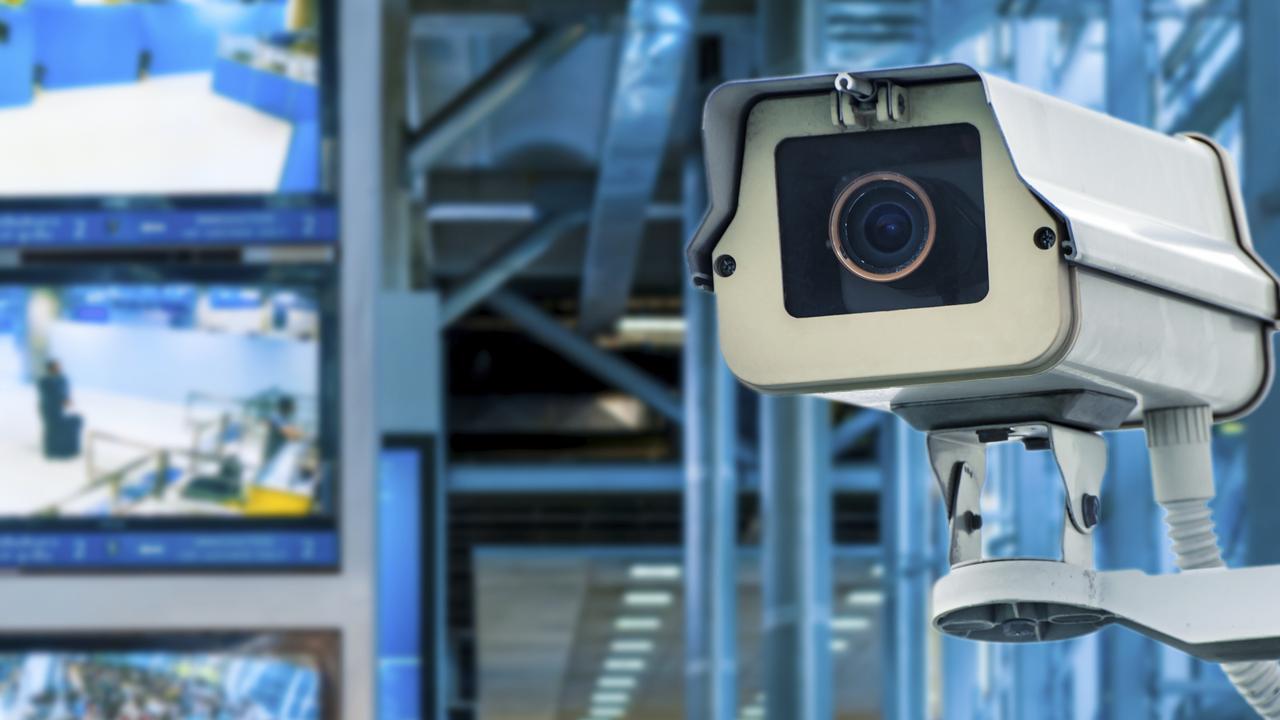Best new cameras reviewed, from the Nikon D850 and Canon 6D Mk II to the best 360 camera
HAVEN’T upgraded your camera in a while? New photographic technology could surprise you, with touchscreens, online sharing, and 360-degree video.
Camera
Don't miss out on the headlines from Camera. Followed categories will be added to My News.
IF YOU haven’t updated your camera in more than a year, it could be time to check out the competition.
Top camera makers are making great strides in photographic technology this year, adding crisper, faster focus, moving touchscreens, high-resolution video, and easier ways to share big files to social networks.
We rounded up, ranked, and rated five of the best new cameras to help you decide whether it’s time to move up the ladder.
4.5 out of 5 / $5400 body only / nikon.com.au
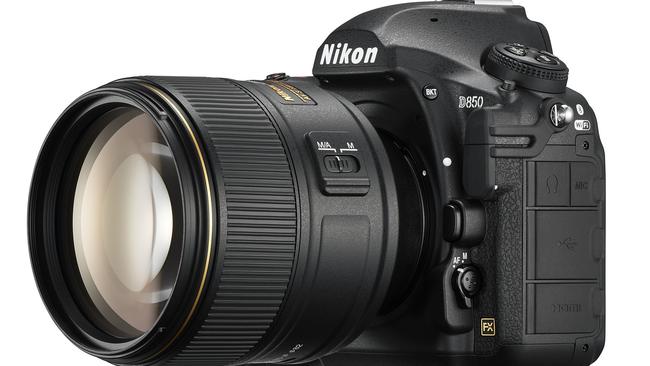
Nikon’s new full-frame beast makes a compelling case for you to splash cash on a camera upgrade. The DSLR, designed for photographic professionals and serious enthusiasts, replaces the three-year-old D810 but makes important advances. It’s faster (at 7 frames per second), sharper (with 153 autofocus points and 99 cross-type points) more capable in low light (with 64-25,600 ISO), adds Bluetooth and wi-fi connectivity, can capture images silently in Live View mode, and its 3.2-inch screen can now be tilted and touched. The latter sounds like a minor addition but it means photographers can simply touch part of the screen in Live View mode to choose a focal point in a scene, and angle the display down when shooting up high or down low. But the biggest addition to the D850 is its whopping 45.7-megapixel backside-illuminated, CMOS sensor designed by Nikon that will capture photos at poster-size, record 4K video, and noticeably limit image noise in dimly lit situations. Minor downsides include a slightly heavier body, and the omission of a built-in flash and mode dial. Ultimately, the D850 is a significantly upgrade during Nikon’s 100th anniversary year and a camera that will be tough to beat.
4 out of 5 / $2600 / canon.com.au
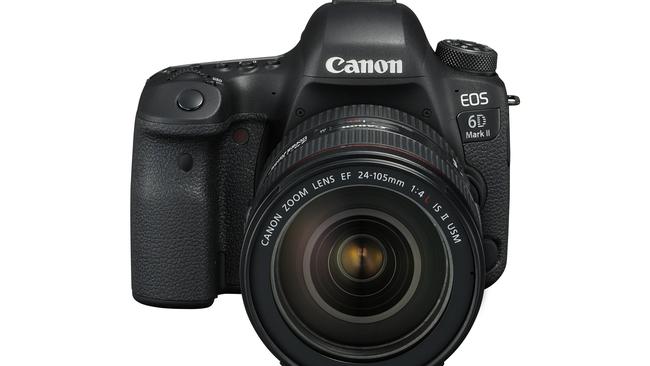
This sharp-shooting Canon is a well-rounded full-frame camera suited to enthusiast photographers, and it takes a step up from its predecessor. The second 6D is lighter than other cameras in class, yet it doesn’t feel cheaply made and, at a resolution of 26.2 megapixels, it offers a healthy compromise between big file sizes and enough detail to crop images. The new 6D also adds a hinged and touch-sensitive LCD screen that shouldn’t be underestimated for ease of use, 45 cross-type autofocus points that find your subject quickly, wi-fi and Bluetooth connectivity for sharing images with a smartphone, and a top light sensitivity of 40,000 ISO. While you should probably avoid that top setting, this camera performs admirably in low light. There are trade-offs in the 6D Mk II, however. They include a lack of 4K video capture, just one SD memory card slot, focal points contained to the centre of the image, and a viewfinder with slightly less than full coverage.
4 out of 5 / $2695 / digidirect.com.au

Stylish to the core, Leica’s new camera looks like an Apple creation. It’s milled from a single block of aluminium and its external controls are kept to an absolute minimum. Even its two dials lack explanations, and the rest of its settings and menus feature only on its 3.7-inch touchscreen. The compact camera uses a 24-megapixel APS-C sensor and 49 autofocus points to capture impressively sharp images, and users who employ its electronic shutter can capture up to 20 photos per second. The TL2 lacks some features common to its peers, however, including optical image stabilisation, a built-in electronic viewfinder, and a flash, and for almost $3000 many users would expect a full-frame sensor. Photographers who more than like Leica should appreciate its style and sharp focus.
4 out of 5 stars / $1099 / garmin.com.au
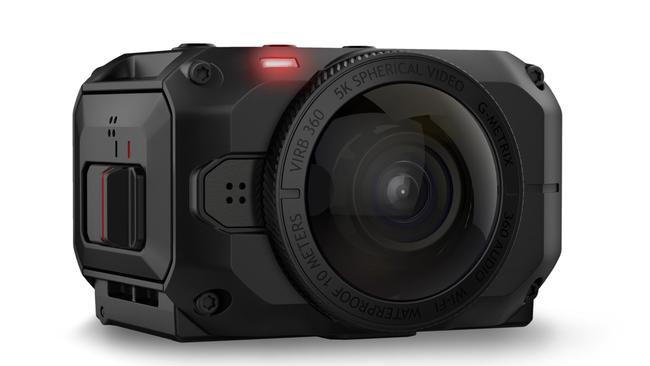
Who knew one of the best 360-degree cameras would come from a fitness firm? Garmin is the company responsible as its Virb 360 is a high-end creation capable of capturing 4K video of all around it, or even 5.7K video if you’re willing to put in some effort and stich it together yourself. The camera — which resembles Nikon’s KeyMission 360 — features a wide-angle lens on each side, uses a removable battery and MicroSD card, comes with a handy tripod and mounts, and features a small screen with buttons beneath to control its settings. Its body is also waterproof to 10m, feels rugged, and can pinpoint its location with a GPS chip. But one of the best things about this camera is its straightforward editing software — a stumbling block for other 360 cameras — that lets you add stabilisation to 4K video, crop scenes, create transitions, and upload to YouTube. You will have to pay big dollars for this technology, however, and only Apple device users can currently live-stream video from the device.
3.5 out of 5 / $599 / panasonic.com.au
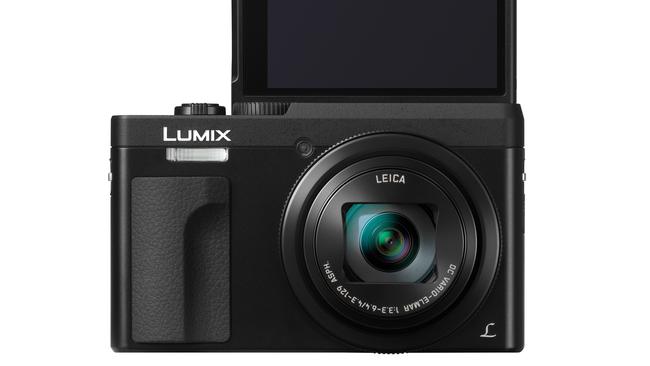
As usual, Panasonic packs a big zoom into a small package in this TZ camera. The latest addition to the range features a 24-720mm lens that should impress most travellers, and its size is only slighter bigger than a pocket (unless you’re wearing cargo pants). The TZ90 also adds nice-to-have features such as an electronic viewfinder for use in bright sunshine, a tilting and touch-sensitive 3-inch screen, fix-axis optical image stabilisation to keep photos free of blur, and a 4K photo mode that will capture up to 30 frames per second at an 8-megapixel resolution. The TZ90 is held back somewhat by its small sensor and limited lens aperture, however, and its performance is not as good as you’d hope in low light. That viewfinder is also very small, and those who appreciate the TZ range’s small size might look to an older model.
Originally published as Best new cameras reviewed, from the Nikon D850 and Canon 6D Mk II to the best 360 camera

